Famous for its tales of a legendary vampire and steeped in mysticism, Romania is a place that has become a host for the human imagination. The country is best known for having well-preserved medieval architecture and a place where the local folk culture is very much alive.
But by far, Transylvania is Romania’s most acclaimed region because of Bram Stoker’s novel, Dracula. While Dracula is a work of fiction, Romania’s national hero, Vlad the Impaler was very real. For travelers interested in the local lore, Romania is the place to go to learn more about his historic figure and his influence on the author.
Bine Ati Venit – Welcome to Romania!
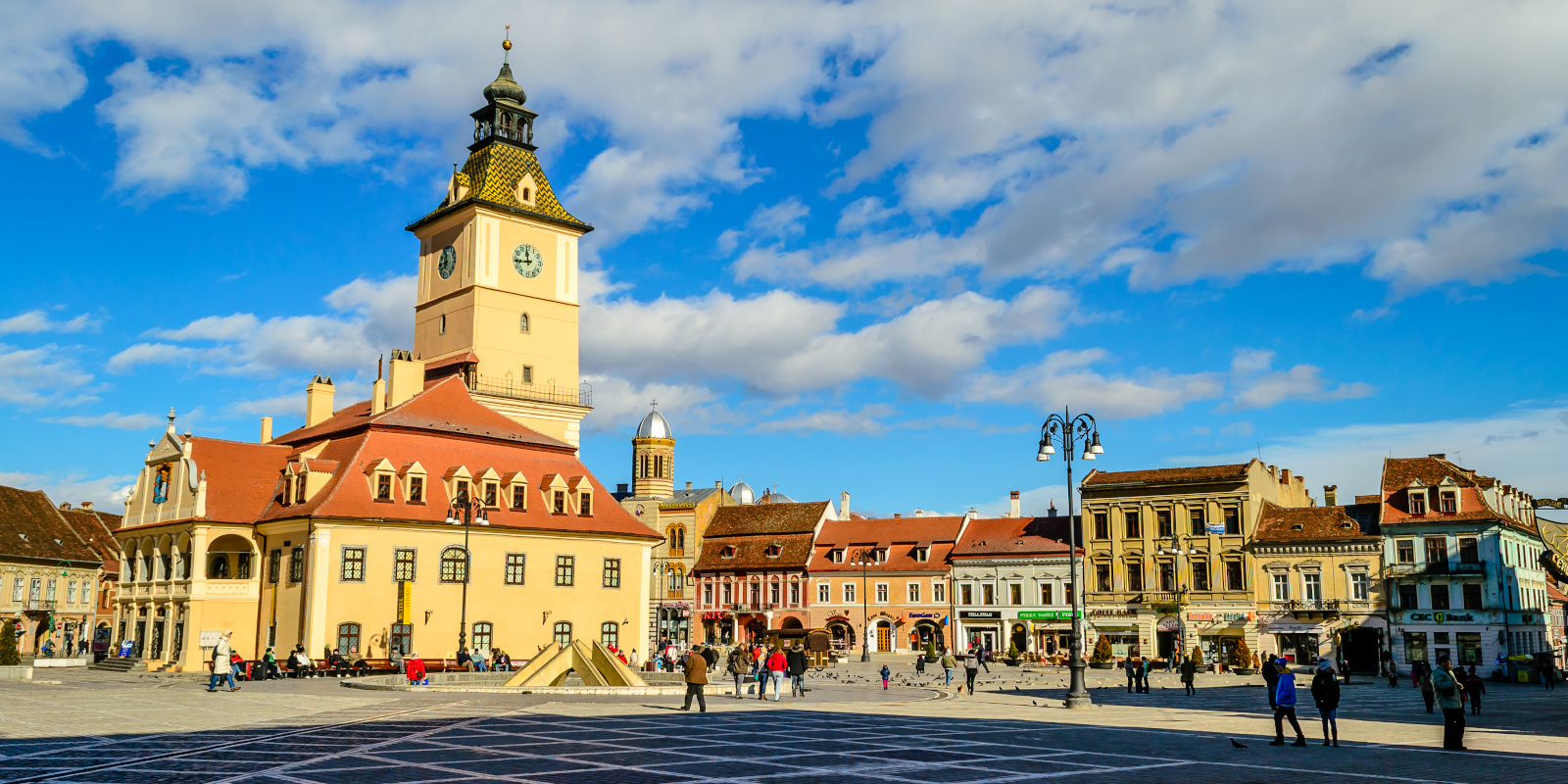
While Vlad the Impaler and the story of Dracula are only part of Romania’s identity, its landscape has been made famous by books and travelers. With vast stretches of remote wilderness, Romania is also known for the Carpathian Mountains and Danube River. Here, the forests are dense and home to a diverse spread of wildlife like bears, deer, elk, birds, and fish.
But the remoteness of the Romanian landscape has greatly influenced the local culture. Many villages and towns have their own folk culture because of their self-sustainability due to their remote location. For Romania, this means that many places feel almost untouched or as if you’re stepping back into Medieval times.
Emerging from years of struggle, repression, and government corruption, Bucharest is the capital of Romania and a central hub for the country’s culture. While many would say that Bucharest is still a little rough, visitors often describe this capital city with a love-it or hate-it attitude.
While Bucharest won’t capture the hearts of all travelers, for those that it does, the city is truly a wonder. You can explore Italian architecture, feast on the local cuisine, and learn about Romania’s history in the local museums. While you might not want to spend a lot of time, Bucharest is still worth a short visit.
- Culture and History
- Spending Budget
- How to Get Around
- Top Cities to Visit
- Points of Interest
Culture and Language

Romania has an extensive history that has been influenced by various cultures. The first recorded evidence of people living in the area was written about the Dacia in 440 BC. While the Dacia has their own king, they were eventually conquered by the Roman Empire in 29 AD. The Romans ruled for a time before the Goths took over at the start of the Middle Ages.
However, the high Middle Ages are perhaps the most famous and easily recognized parts of Romania’s history because of Vlad III who was also known as Vlad the Impaler or Vlad Dracula. While his bloody actions gave him a fearsome reputation and name, Vlad the Impaler is often seen as a hero in Romania.
His rule and resistance to the Ottoman Empire stopped the Ottomans from advancing further into Europe. So, while Vlad the Impaler’s well-known bloodlust has made him famous in the eyes of Hollywood, to the Romanian people, he really is seen in a positive light.
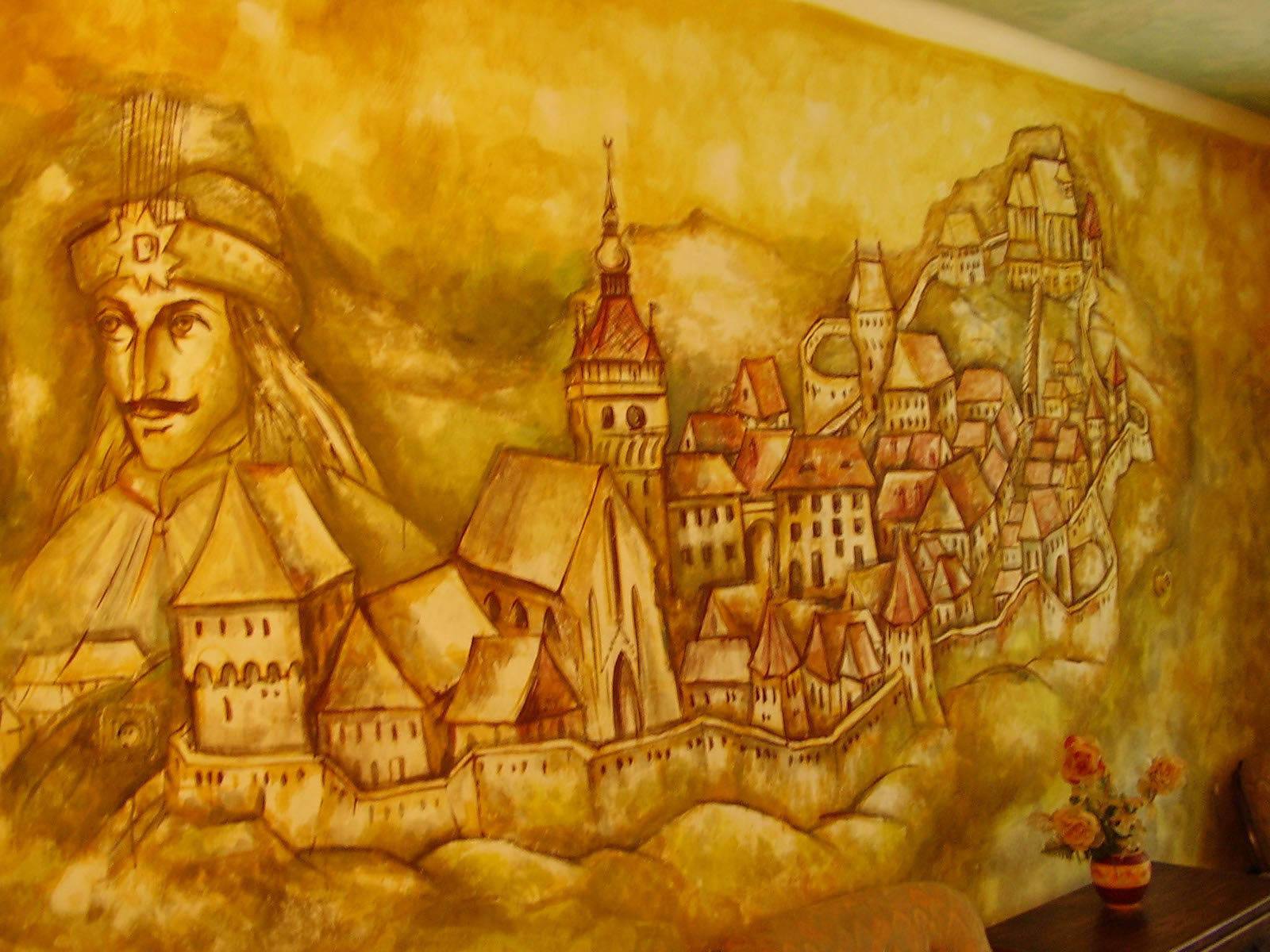
But while Vlad the Impaler was able to hold off the Ottoman Empire, Romania has still struggled throughout its history. During World War I, Romania attempted to remain a neutral state, but having had strong ties with France, the country eventually fought for its Allies.
But this only began the start of the country’s more modern troubles. During World War II, Romania was greatly influenced and played a big part in the war for Germany. After the Second World War, Romania fell to Communism. It wasn’t until the 1989 revolution that it broke free and began to transition toward Democracy.
Similar to their history, Romania’s culture is both entirely unique and features elements of their neighboring countries. While most of the folklore is part of the entire European region with traits shared between Bulgaria, Hungary, and Romania, the part that is not shared is what makes it the most famous.
Vlad the Impaler has been turned into folklore, but his culture is entirely unique to Romania.
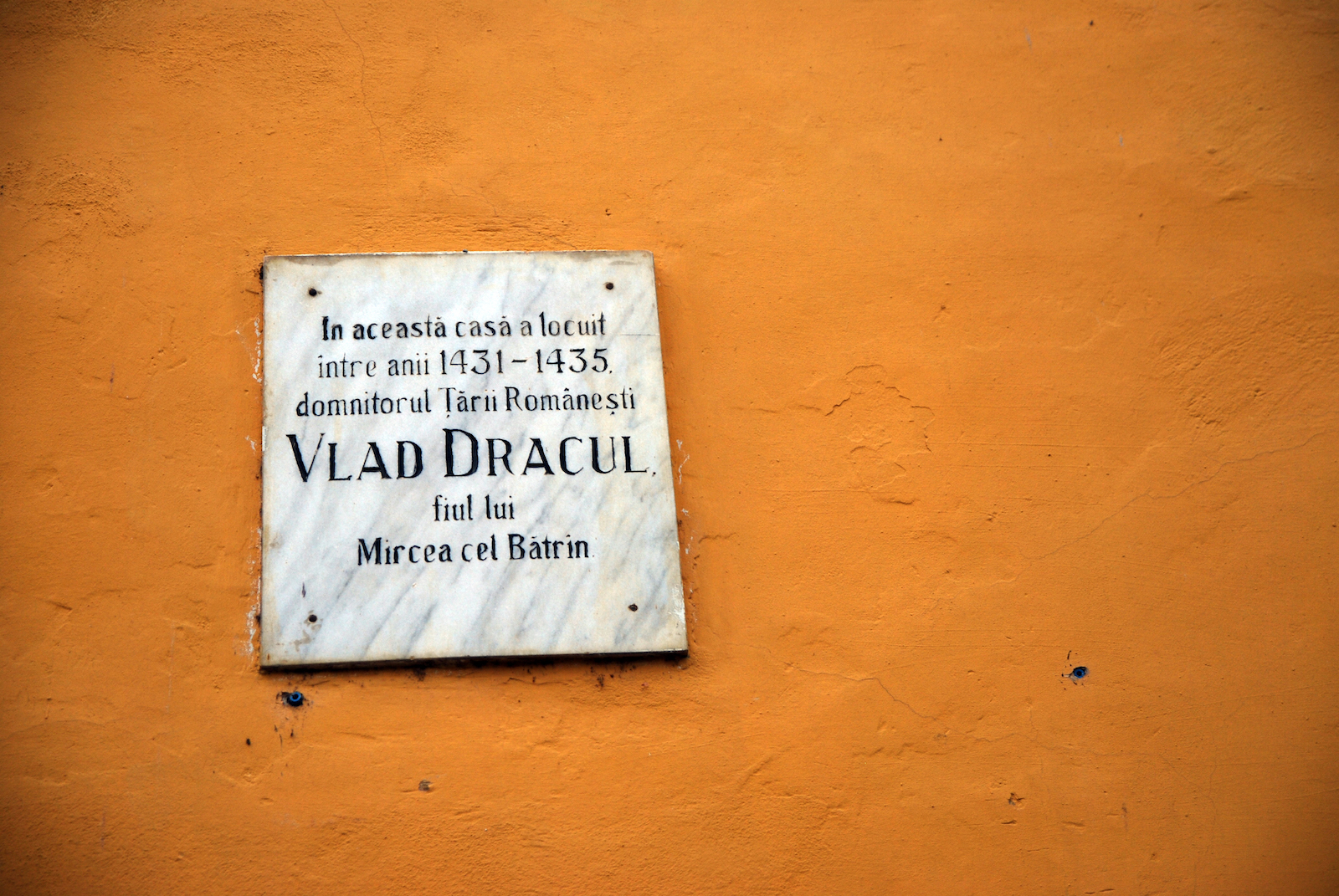
But with a unique blend of cultures, Romania has become an enigma for travelers to unlock. Many will head straight to Transylvania, but all throughout Romania, there are traces of its history that are kept alive in its traditional culture. Another unique aspect of Romanian culture is the language.
Official Language
Romanian is the official language that is spoken at the national and local levels. Up to 91% of the country’s 19.12 million citizens (as of 2021) also use Romanian as their primary language. But as a part of the country’s diversity, there are also 14 minor languages spoken here.
Some of these languages are based on geography and include the neighboring countries’ languages like Hungarian and Bulgarian, but others are based on communities like the Romani language. Many Romanians do understand or speak a basic level of English, but most travelers will find that communicating in English is difficult.
Spending Budget
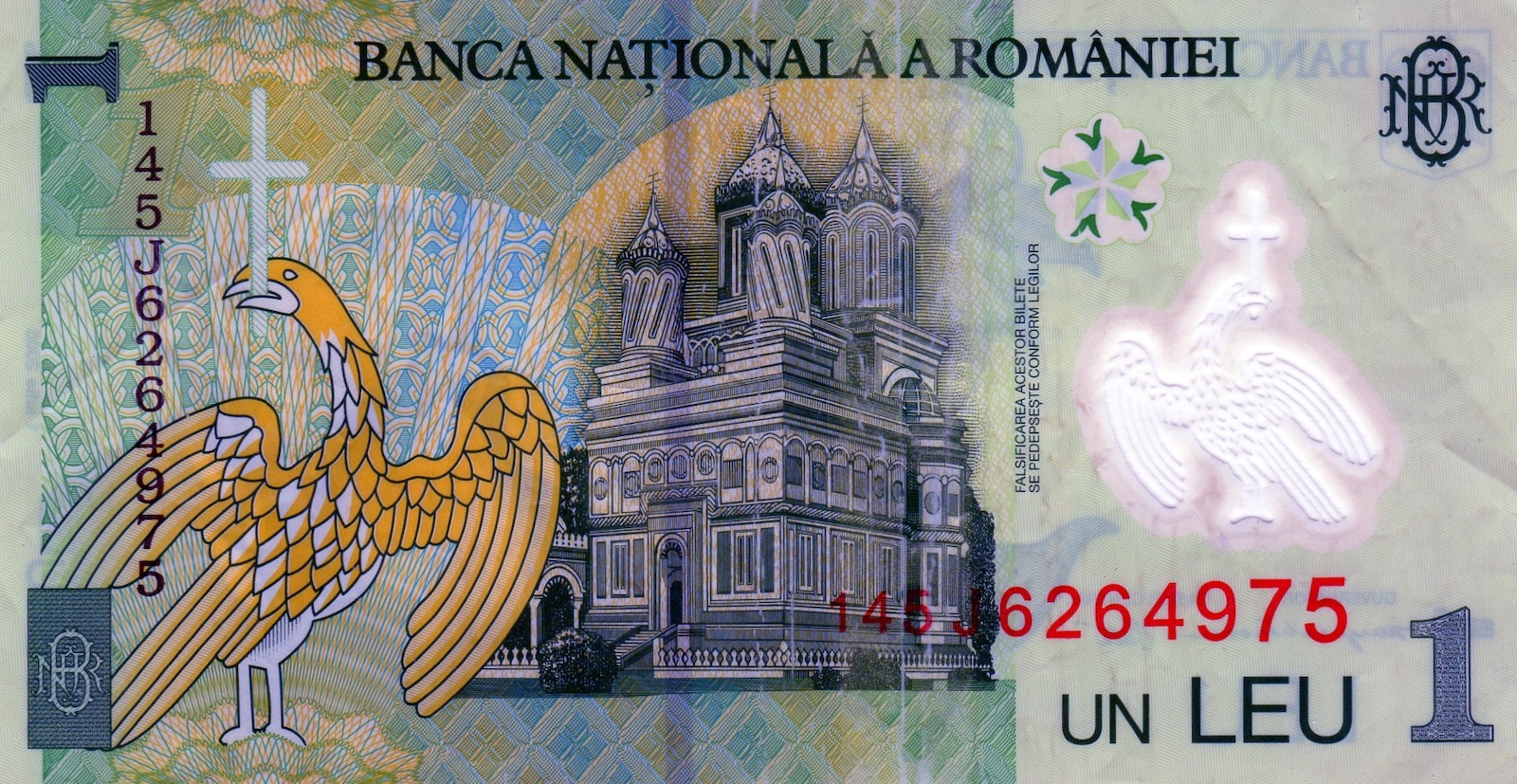
When it comes to a European vacation, most people can only imagine the dollar signs stacking up. Europe is known for being a very expensive continent to visit, but not all of its countries require you to have a big budget.
Romania is a country where you can travel on a tighter budget and still experience a lot that the country has to offer. But it can still help you to plan a spending budget so that you can better manage the costs of your trip. The most important parts of a traveler’s spending budget are airfare, accommodation, food, drink, and transportation.
Airfare
Before you can step back in time and visit Romania’s Medieval sites, you’ll have to get to the country first. A flight from the US to Romania is expensive and the average ticket costs around one thousand dollars. But there may be special prices offered in deals or on budget websites. You can also expect the cost of a flight to change throughout the year.
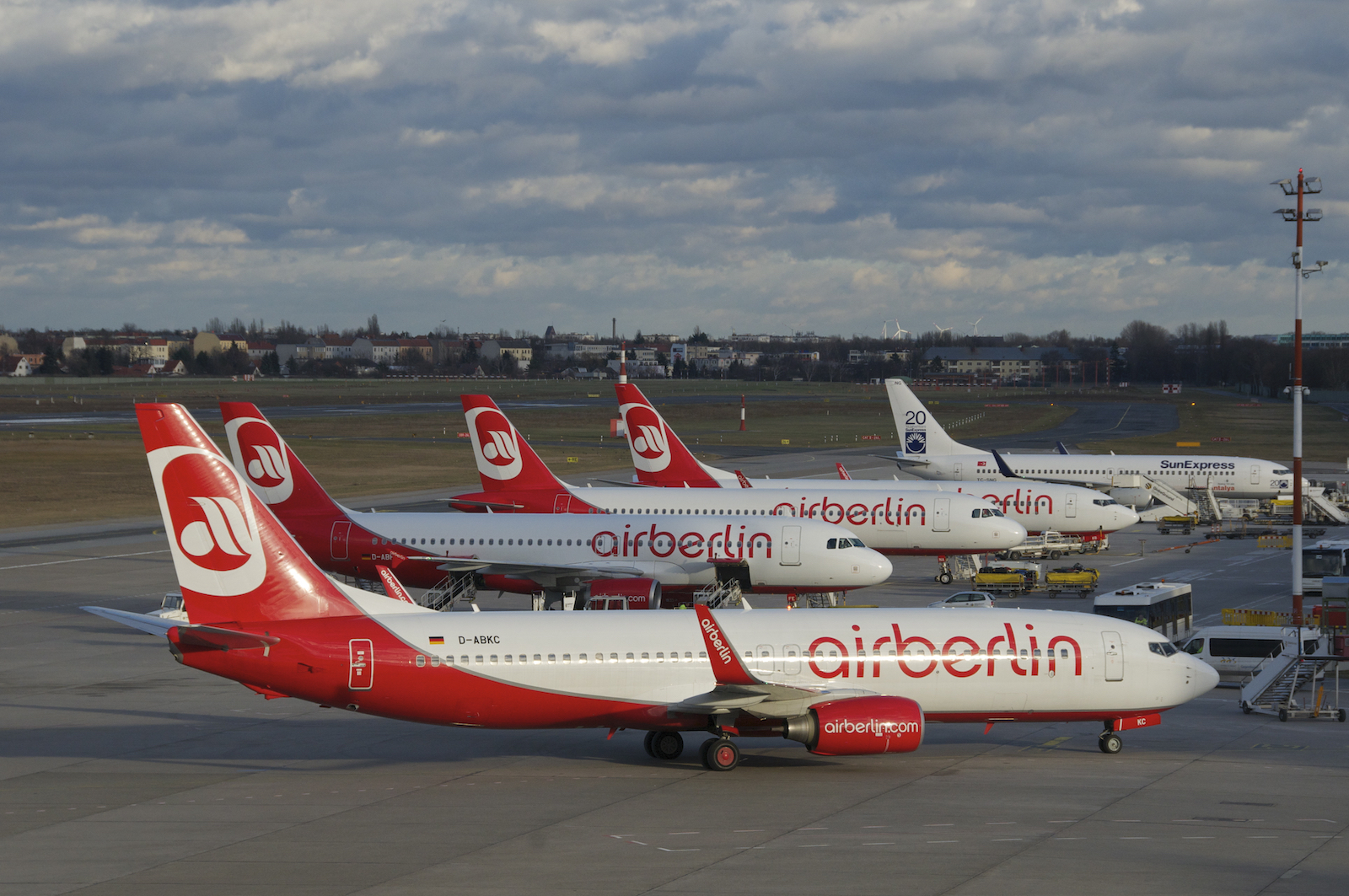
Summer is the tourist high season in Romania, with the months of June, July, and August reflecting the highest prices. While the summer months are the hottest, tourists can avoid the heat and high prices by traveling in the shoulder seasons. This would be the month of May and September, which are right before and after tourism start to peak in Romania.
Accommodations
Once you have completed making your flight arrangements and set dates for your vacation, you will want to start looking toward booking your accommodation. It’s very important that you consider where you’ll stay while you are in Romania because every traveler needs a safe place to call home when they’re on the road.
There are a few different accommodation options in Romania, but the most affordable places would be hostels. Dorm rooms will be the least expensive option in a hostel, however, you can book a private room if you need a bit of personal space.
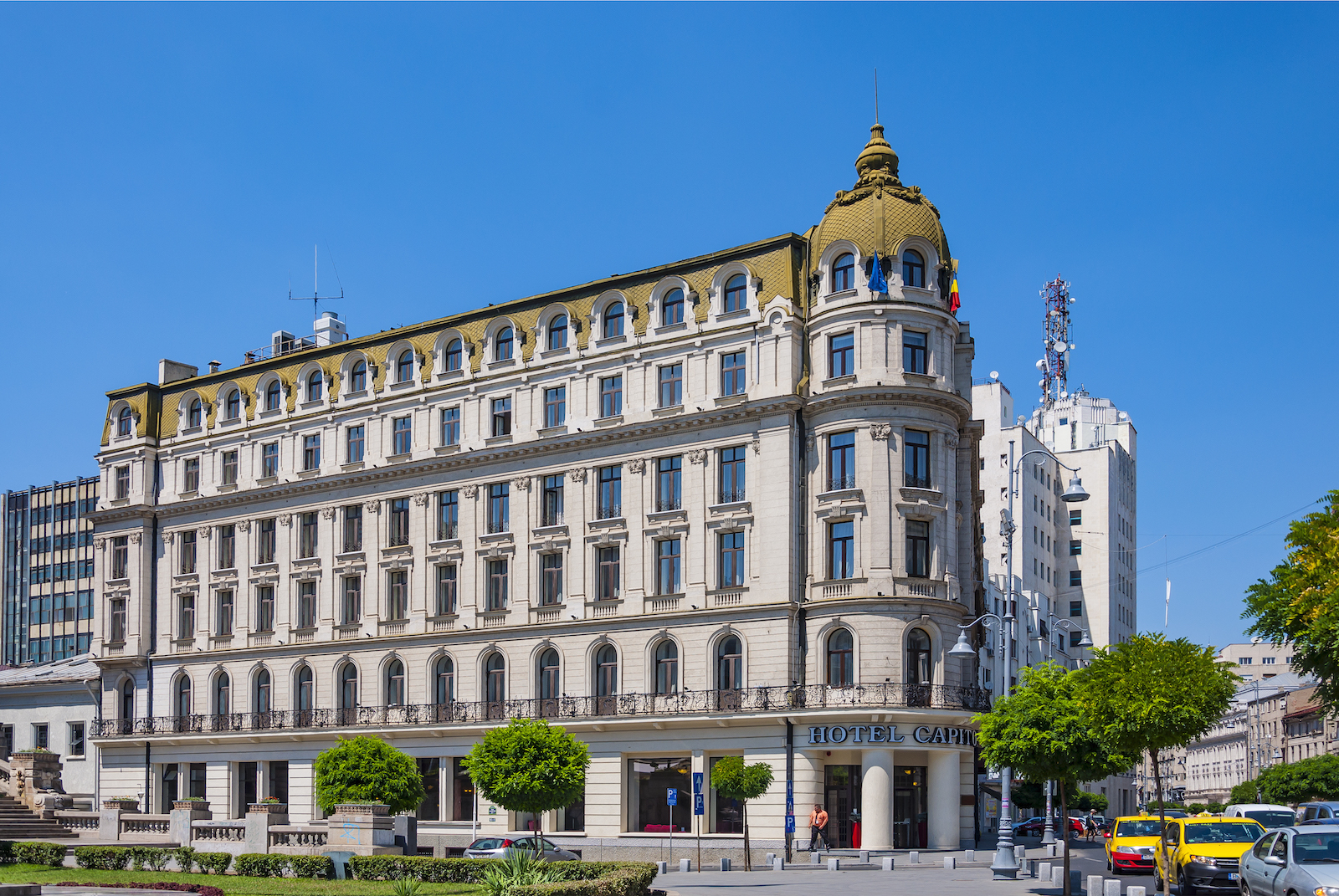
But for a little more privacy, many budget hotels offer double rooms for the same price as a private room in a hostel. However, some budget hotels have better features like swimming pools and those hotels will often charge more each night. If you would like to stay in a luxury hotel, Western-style accommodation will cost over one hundred dollars per night.
You’ll also only find these types of establishments in the bigger cities as hostels and budget hotels are more common in remote areas.
Airbnb is another option for travelers, and it is very affordable in Romania. While there may not be a lot of options outside of the big cities, most Airbnb rentals will cost a decent amount for a private home or apartment. Shared rooms through Airbnb will have similar pricing to hostel dorm rooms.
Romania Food
While having a place to stay always brings great comfort, it isn’t the most exciting thing that you can spend your money on while traveling. For many people, experiencing the local culture is a great way to get to know a country better. Food is an important part of the culture and Romanian cuisine will offer you a variety of delicious flavors to liven your taste buds.

Romanian food is not well known in the international community, but travelers to the country can often agree that the home-cooked style is a perfect fit for the country’s identity. Many of the dishes have been influenced by neighboring countries or became popular when the country was occupied by another nation.
The most popular dishes include lots of meat, fruits, and vegetables for a well-balanced diet. Many Romanians like to begin their meals with soup. Some of the most popular soups include the ciorbâ de burtâ, a tripe-based soup, or a mix of meatballs and vegetables called ciorbâ de perisoare. However, the national dish is a pork-stuffed cabbage roll called sarmale.
A popular side dish is mâmâligâ, which is a corn mash that is often described as similar to polenta. Salad is another popular side to meals and salatâ rosii is made out of tomatoes. Another salad made with cucumbers is called salatâ castraveti.
For a sweeter dish, you can try papanasi, a fried dough served with cheese, cream, and jam. Covrigi and gogosi are popular street bread, which is eaten as a snack throughout the day. Finally, mici is another type of roll that features pork or beef that has been minced into the dish.
Dining Out
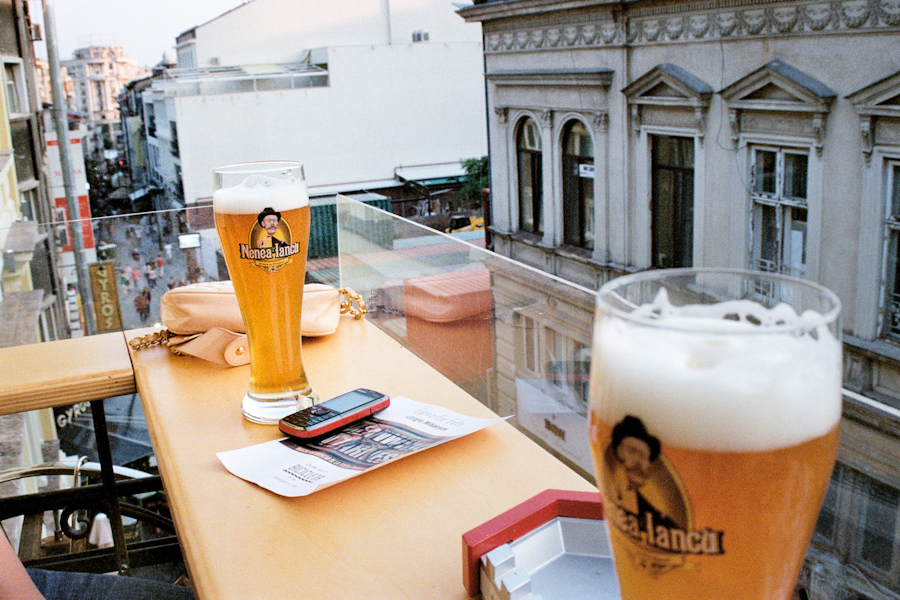
With so many hearty meal options, you may be worried about the cost. But similar to the rest of the country, food is affordable. Regardless if you’re looking for an inexpensive meal at a casual location or want to head to a nicer establishment, you’ll find that prices are low. You may see a surge in tourist areas, but not by much.
Romania is also known for being a big wine producer and while many wines are affordable, some vineyards are trying to make higher-quality beverages.
But most wines in Romania are well-priced and will only cost a couple of dollars for a glass. Some wines will be more pricey, but only by a little bit. Similar to wine prices, beer is also affordable.
How to Get Around
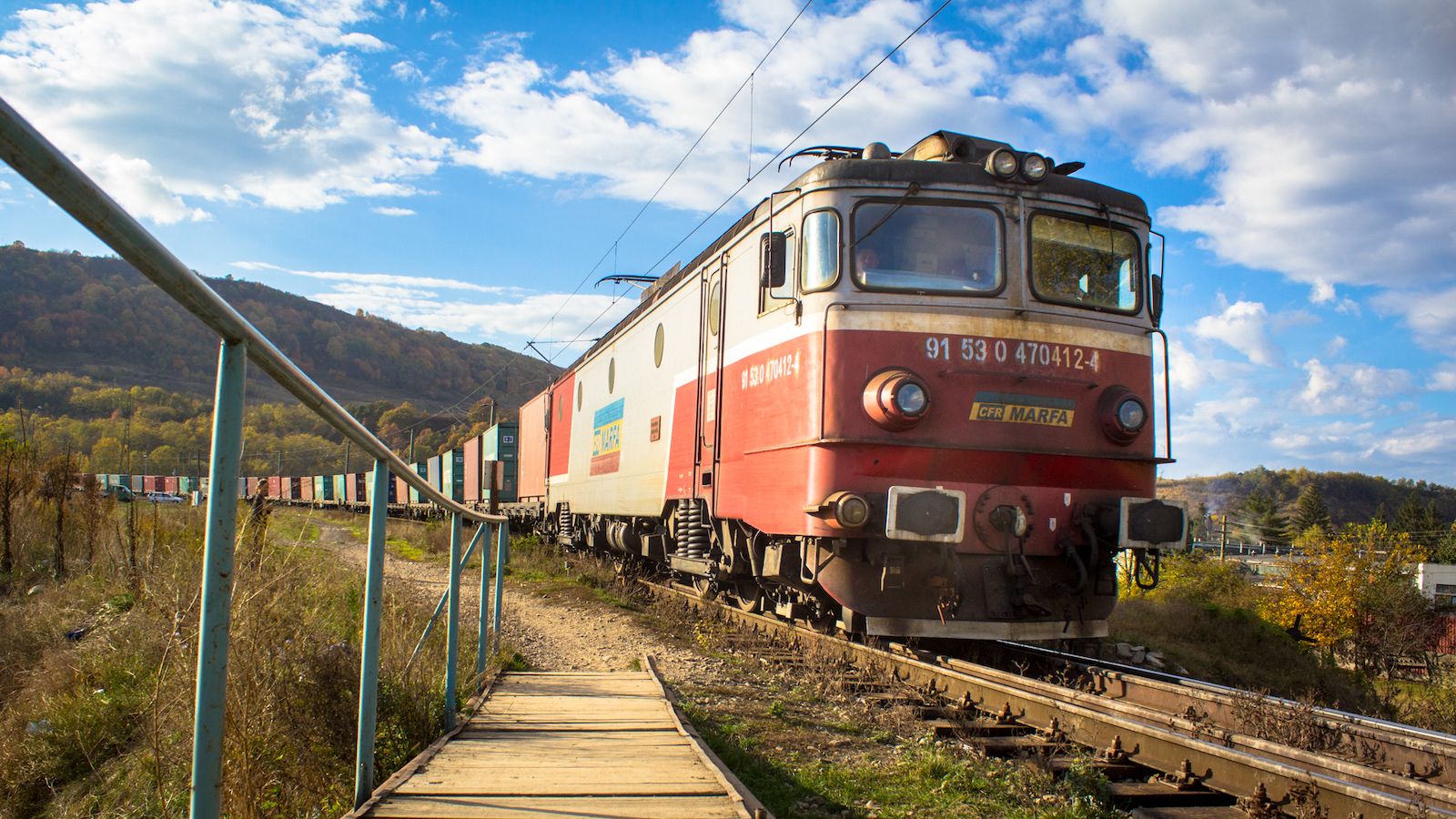
Romania is actually a rather large country and there are a lot of different places to visit. Travelers will probably want to explore as much as they can, but that means you will also need to find the best ways to get around.
Romania has a decent transportation system and your options for traveling around the country include domestic flights, trains, buses, and local transportation.
Flights
Domestic flights around Romania are the fastest way to travel and are relatively affordable. However, for budget travelers, the cost of numerous flights can add up and it may not be your top choice.
If you want to travel quickly, most flights to any airport in the country will cost less than one hundred dollars. The distance traveled will determine the cost and shorter flights may cost very little.
Trains and Buses
Trains are slow in Romania, but they are another option for travelers who want to be mindful of their budget. While you won’t be getting around quickly, the train service is reliable and are a great way to get between cities.
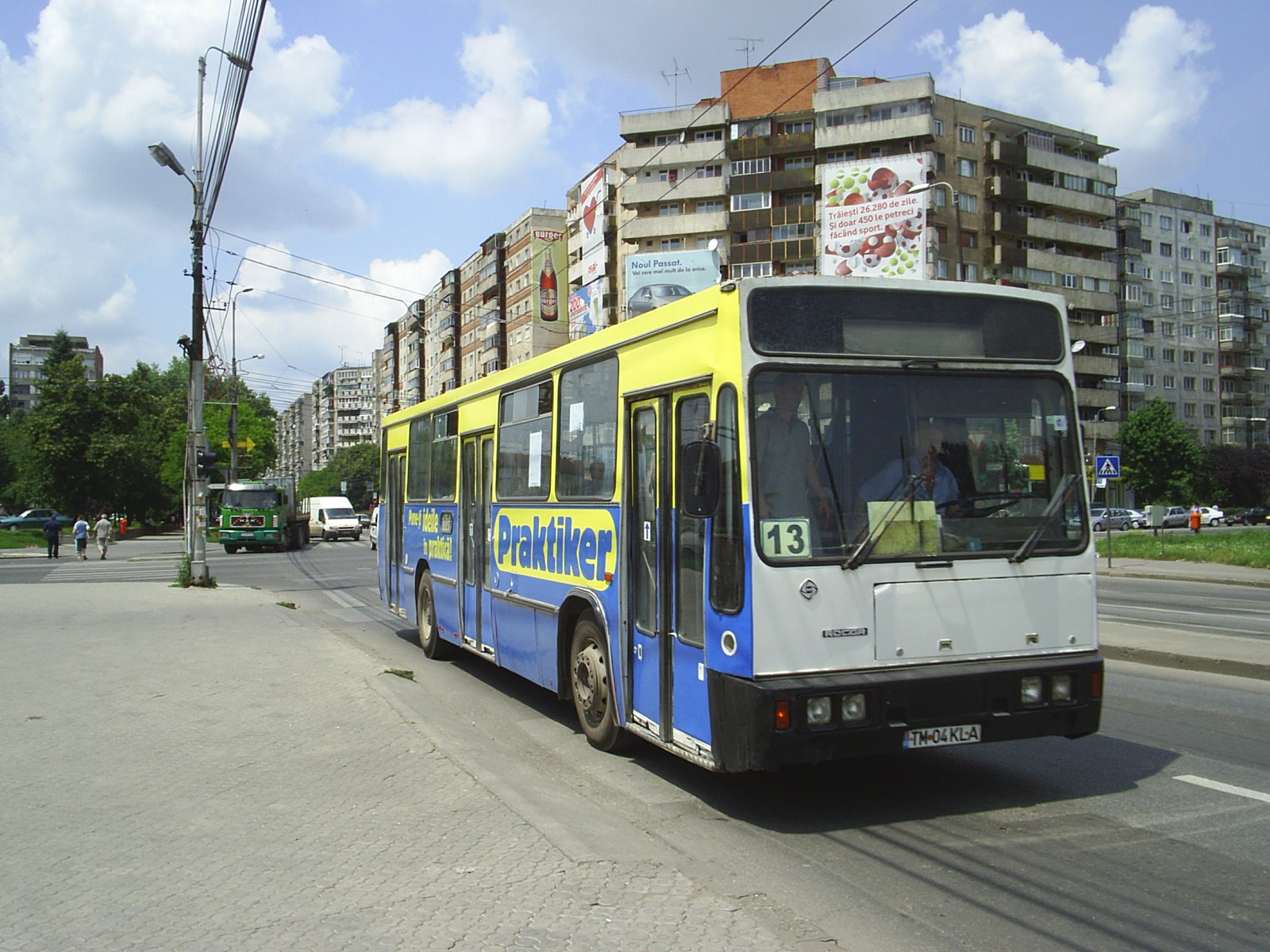
Buses are the most affordable way to travel between cities, but they are also the slowest method. Some rides can take 9 hours to complete, but you can purchase a ticket for a moderate fee, with shorter rides being the cheapest. But travelers should be mindful of the bus and train ticket prices.
Many times, by booking in advance, trains are actually the same price as buses or even slightly cheaper. It will depend on where you are going and when you are traveling.
Finally, big cities like Bucharest will have their own transportation systems that you can use to get around. The metro in Bucharest is very affordable and most journies will cost a few dollars. There are also day passes available, which are great if you plan on using the local metro system often.
Top Cities to Visit
There are a lot of different places to visit in Romania and if you are trying to plan your trip, it can be hard to choose what to see. Bucharest is Romania’s capital but not the most visited city. To help you decide where to go, here is an overview of the top cities to visit in Romania.
Bucharest
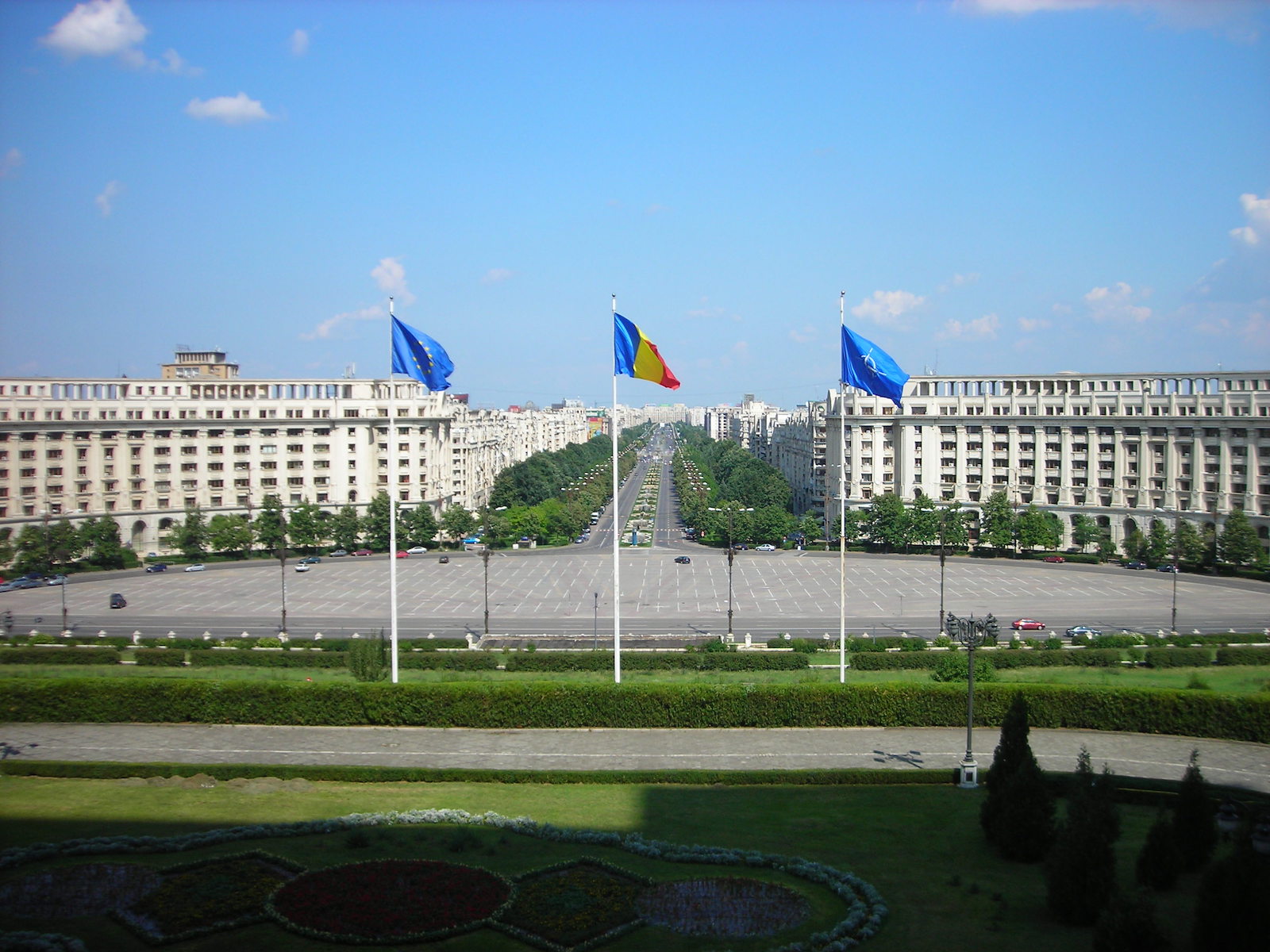
Stepping out of the shadows of Communism, Bucharest is gradually becoming more popular with tourists. While the city is still developing and some travelers choose to skip it altogether, it does have lots to see and do.
Parliament Palace is a popular place to visit due to its sheer size, while the local parks are nice areas to enjoy watching the busy streets. With new restaurants and bars, Bucharest is also emerging as the place to go to experience Romanian modern culture.
Brasov
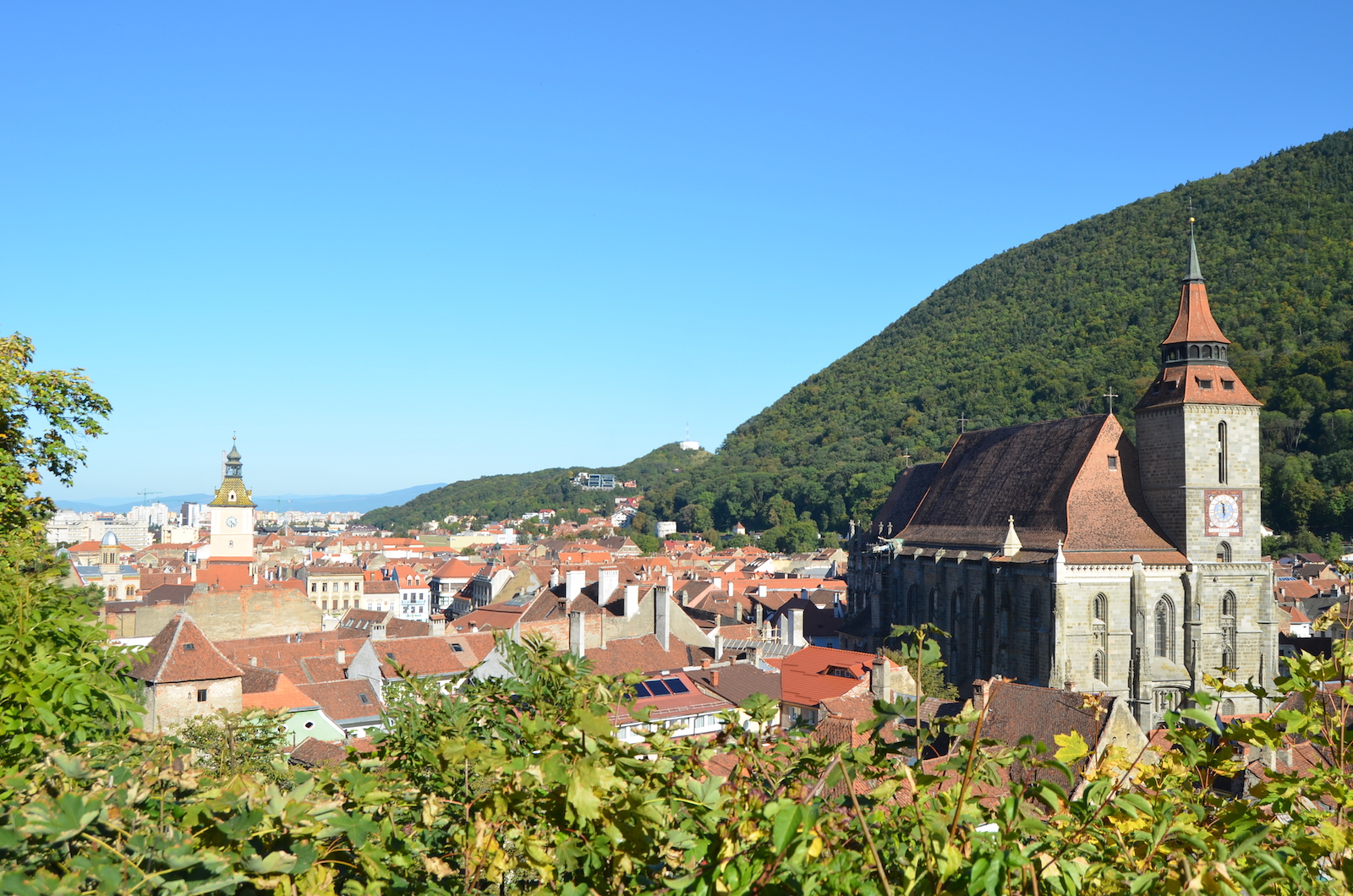
With an appearance that seems to be taken out of a fairytale, Brasov is visited for its impressive buildings. The Medieval architecture is highlighted in the local churches, towers, and Old Town. With colorful buildings and quaint cafes, Brasov is Romania’s tourist hotspot.
Plus, the nearby Carpathian Mountains are known for having excellent winter resorts and close proximity to some of the country’s castles.
Cluj-Napoca
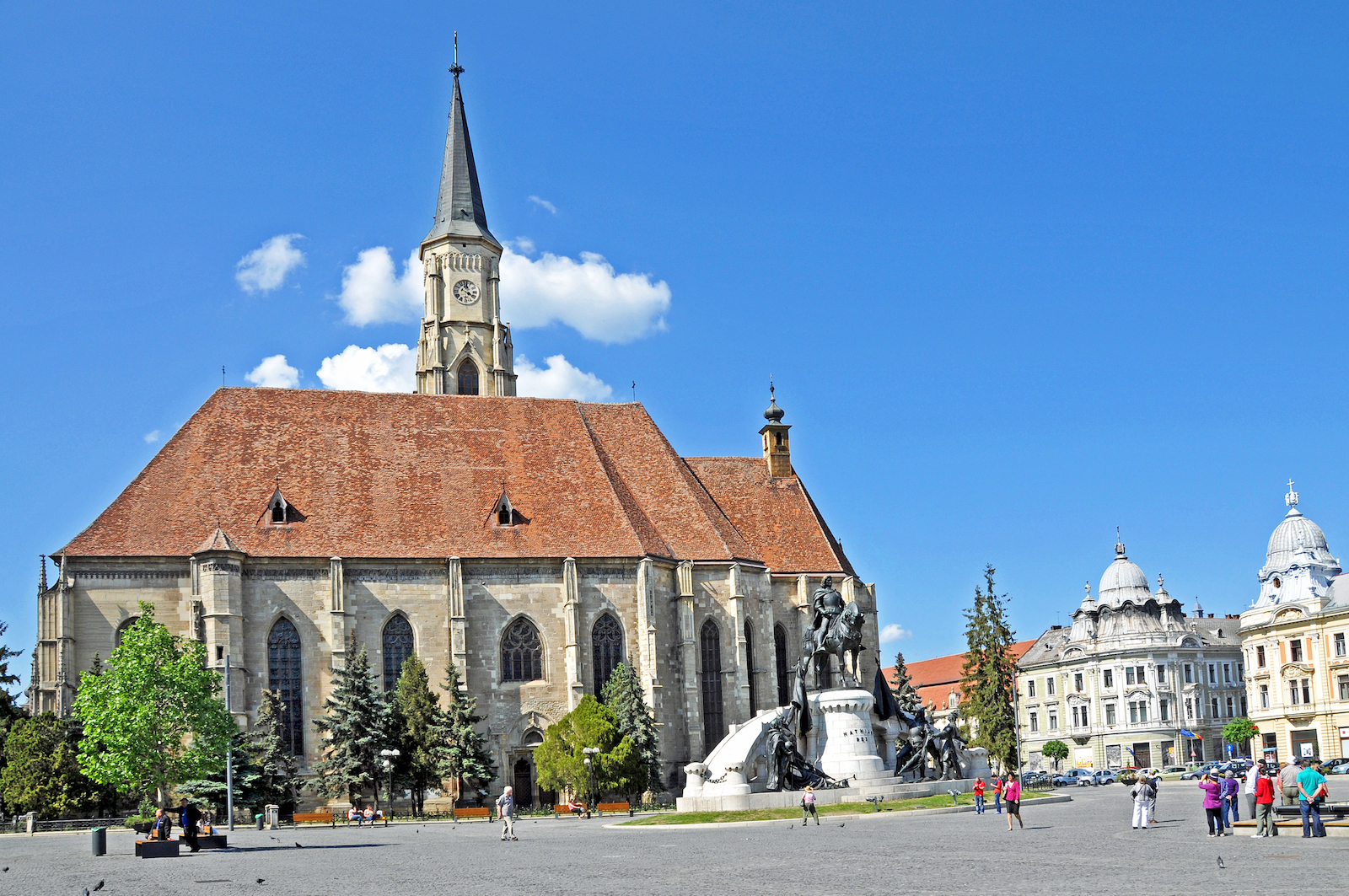
Cluj is the most popular place to visit in the Transylvanian region of Romania. The city was once rather remote, but with more domestic flights offering their services, visitors have begun to flock to the area.
The baroque buildings are popular due to the cafes and restaurants, while the central square is known for its church and statue of a late king. As a gateway to Transylvania, Cluj is also a great place to call home base while you explore the region.
Constanta

If you want to visit the beach in Romania, Constanta is the place to go. This port city sits on the Black Sea and it was founded over 2,600 years ago. Now, this historic city proudly displays the country’s past in museums, buildings, and streets.
However, the area has been developed and has plenty of quality hotels, restaurants, and bars to entertain its guests.
Points of Interest
Between and beyond the cities, there are a lot of tourist attractions in Romania. Home to many castles, you’ll feel as though you’ve been transported into a fairytale. Here are the country’s top points of interest that have become hotspots for visitors.
Discover the best of Romania’s thermal springs to add to your itinerary, on our sister site, Top Hot Springs.
Bran Castle
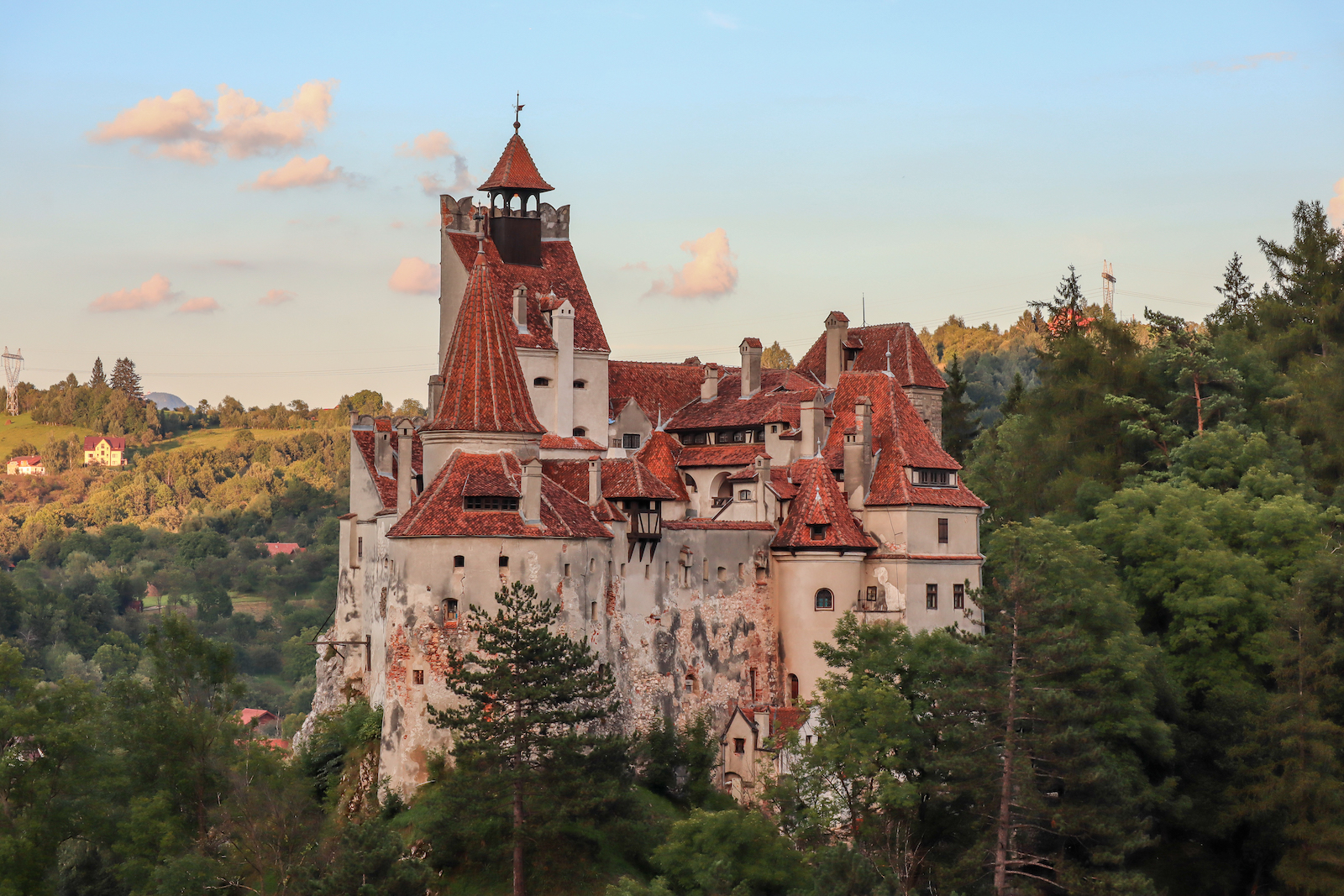
While this castle does not have a direct connection to either Bram Stoker or Vlad the Impaler, it’s still a popular spot because it is called Dracula’s Castle. The striking beauty and remoteness make it easy to imagine either character or ruler taking hold of this fortress. Visitors often go to the castle to see the open air and art museum.
Peles Castle

This is the most picturesque castle in Romania and is often argued to be one of the most beautiful in all of Europe.
Peles Castle used to be a vacation home for King Carol I, but it has since been preserved and turned into a museum with an impressive collection of weapons. Outside of the castle walls, the landscape is absolutely stunning and adds to the beautiful scenery.
Merry Cemetery
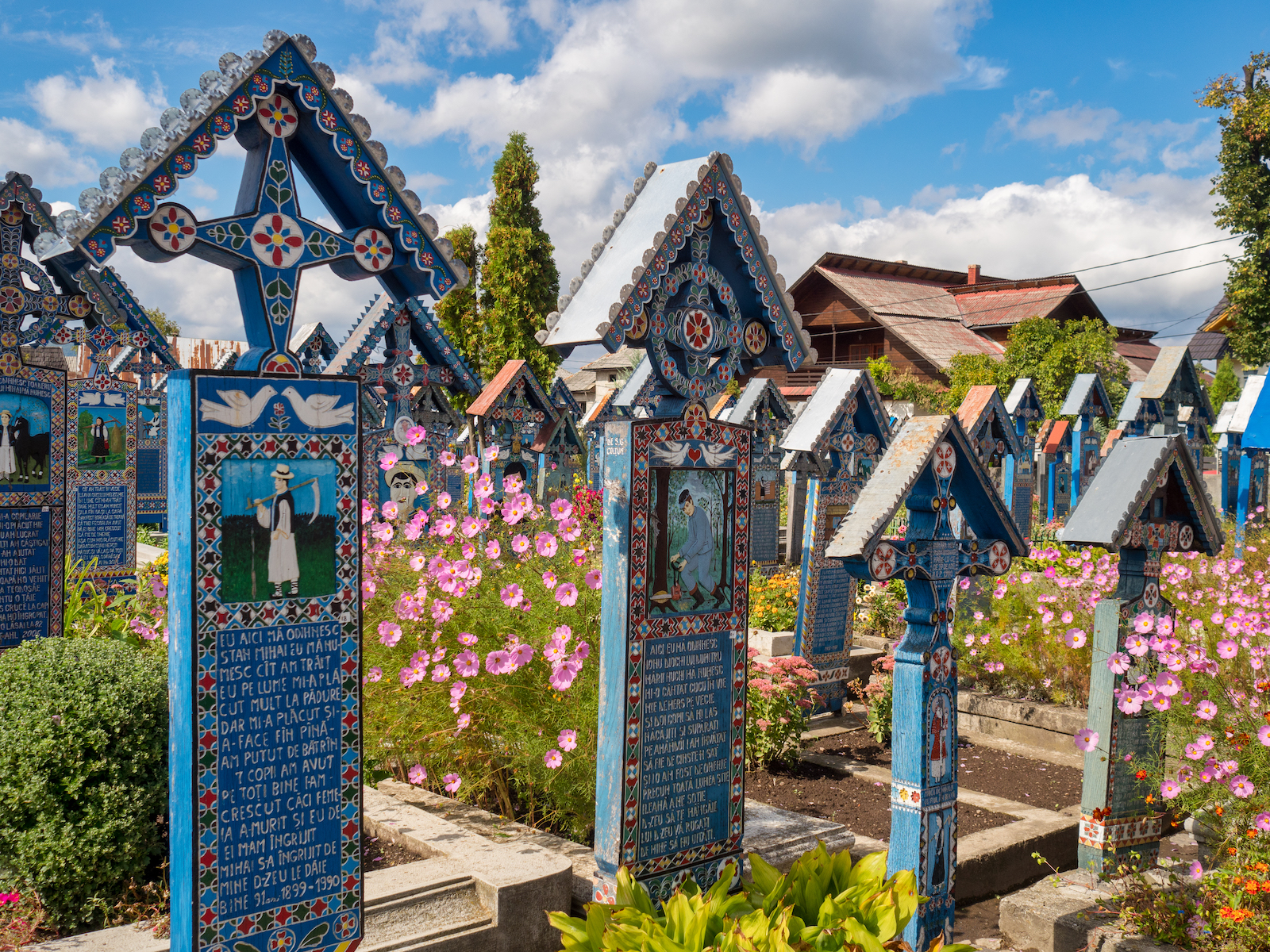
Colorful and hand-painted headstones make this Merry Cemetery a popular place to visit. Unlike most cemeteries that are rather gothic or dark, the gravestones of the deceased are colorfully painted and tell the story of their life.
Corvin Castle

Another popular castle in Romania is Corvin Castle, which is sometimes called the Hunyad Castle. The towering Gothic architecture sits higher up, while an old wooden bridge gives you access to the castle’s main door. Some of the attractions inside the castle include the Bear Pit and dungeon.
“The Land of Dracula”

While Romania is closely tied to vampiric legends, the country has a lot more history than just Vlad the Impaler and Dracula. The medieval castles have been perfectly preserved and are often set in some of nature’s most dramatic backdrops. With bustling cities and remote forests, Romania has a taste of adventure that suits every traveler.


 What Is Portugal Most Famous For?
What Is Portugal Most Famous For?